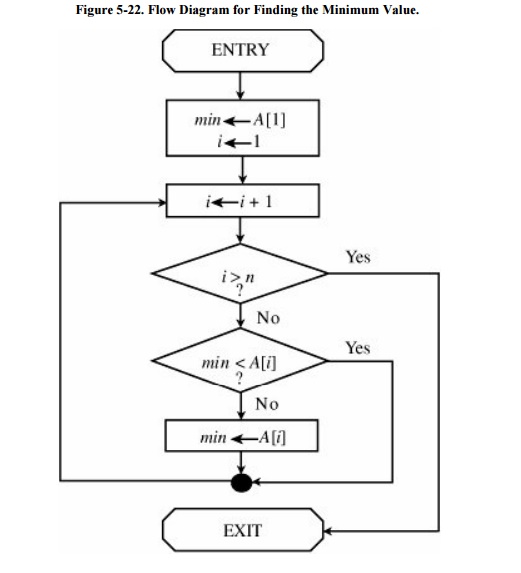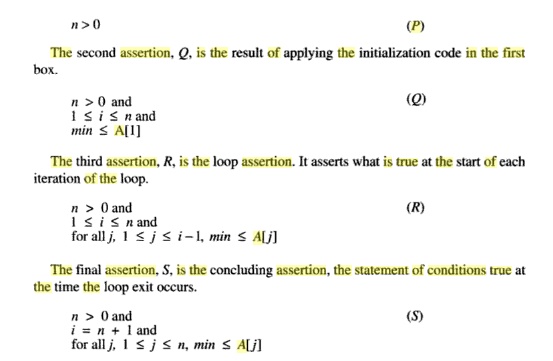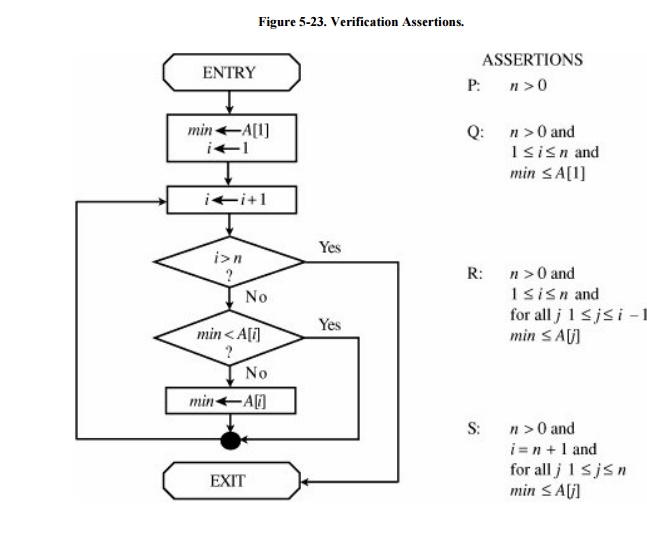Chapter: Security in Computing : Designing Trusted Operating Systems
Assurance Methods
Assurance Methods
Once we understand the
potential vulnerabilities in a system, we can apply assurance techniques to
seek out the vulnerabilities and mitigate or eliminate their effects. In this
section, we consider three such techniques, showing how they give us confidence
in a system's correctness: testing, verification, and validation. None of these
is complete or foolproof, and each has advantages and disadvantages. However,
used with understanding, each can play an important role in deriving overall
assurance of the systems' security.
Testing
Testing, first presented in Chapter 3, is the most widely accepted assurance
technique. As Boebert [BOE92] observes,
conclusions from testing are based on the actual product being evaluated, not
on some abstraction or precursor of the product. This realism is a security
advantage. However, conclusions based on testing are necessarily limited, for
the following reasons:
Testing can demonstrate the
existence of a problem, but passing tests does not demonstrate the absence of
problems.
Testing adequately within
reasonable time or effort is difficult because the combinatorial explosion of
inputs and internal states makes testing very complex.
Testing based only on
observable effects, not on the internal structure of a product, does not ensure
any degree of completeness.
Testing based on the internal
structure of a product involves modifying the product by adding code to extract
and display internal states. That extra functionality affects the product's
behavior and can itself be a source of vulnerabilities or mask other vulnerabilities.
Testing real-time or complex systems presents
the problem of keeping track of all states and triggers. This problem makes it
hard to reproduce and analyze problems reported as testers proceed.
Ordinarily, we think of
testing in terms of the developer: unit testing a module, integration testing
to ensure that modules function properly together, function testing to trace
correctness across all aspects of a given function, and system testing to
combine hardware with software. Likewise, regression testing is performed to
make sure a change to one part of a system does not degrade any other
functionality. But for other tests, including acceptance tests, the user or
customer administers tests to determine if what was ordered is what is
delivered. Thus, an important aspect of assurance is considering whether the
tests run are appropriate for the application and level of security. The nature
and kinds of testing reflect the developer's testing strategy: which tests
address what issues.
Similarly, it is important to
recognize that testing is almost always constrained by a project's budget and
schedule. The constraints usually mean that testing is incomplete in some way.
For this reason, we consider notions of test coverage, test completeness, and
testing effectiveness in a testing strategy. The more complete and effective
our testing, the more confidence we have in the software. More information on
testing can be found in Pfleeger and Atlee [PFL06a].
Penetration Testing
A testing strategy often used
in computer security is called penetration
testing, tiger team analysis, or
ethical hacking. In this approach, a
team of experts in the use and design of operating systems tries to crack the
system being tested. (See, for example, [RUB01,
TIL03, PAL01].)
The tiger team knows well the typical vulnerabilities in operating systems and
computing systems, as described in previous sections and chapters. With this knowledge, the team
attempts to identify and exploit the system's particular vulnerabilities. The
work of penetration testers closely resembles what an actual attacker might do
[AND04,
SCH00b].
Penetration testing is both
an art and a science. The artistic side requires careful analysis and
creativity in choosing the test cases. But the scientific side requires rigor,
order, precision, and organization. As Weissman observes [WEI95], there is an organized methodology for
hypothesizing and verifying flaws. It is not, as some might assume, a random
punching contest.
Using penetration testing is
much like asking a mechanic to look over a used car on a sales lot. The
mechanic knows potential weak spots and checks as many of them as possible. It
is likely that a good mechanic will find significant problems, but finding a
problem (and fixing it) is no guarantee that no other problems are lurking in
other parts of the system. For instance, if the mechanic checks the fuel
system, the cooling system, and the brakes, there is no guarantee that the
muffler is good. In the same way, an operating system that fails a penetration
test is known to have faults, but a system that does not fail is not guaranteed
to be fault-free. Nevertheless, penetration testing is useful and often finds
faults that might have been overlooked by other forms of testing. One possible
reason for the success of penetration testing is its use under real-life
conditions. Users often exercise a system in ways that its designers never
anticipated or intended. So penetration testers can exploit this real-life
environment and knowledge to make certain kinds of problems visible.
Penetration testing is
popular with the commercial community who think skilled hackers will test
(attack) a site and find problems in hours if not days. These people do not
realize that finding flaws in complex code can take weeks if not months.
Indeed, the original military red teams to test security in software systems
were convened for 4- to 6-month exercises. Anderson et al. [AND04] point out the limitation of penetration
testing. To find one flaw in a space of 1 million inputs may require testing
all 1 million possibilities; unless the space is reasonably limited, this
search is prohibitive. Karger and Schell [KAR02]
point out that even after they informed testers of a piece of malicious code
they inserted in a system, the testers were unable to find it. Penetration
testing is not a magic technique for finding needles in haystacks.
Formal Verification
The most rigorous method of
analyzing security is through formal verification, which was introduced in Chapter 3 . Formal verification uses rules of
mathematical logic to demonstrate that a system has certain security
properties. In formal verification, the operating system is modeled and the
operating system principles are described as assertions. The collection of
models and assertions is viewed as a theorem, which is then proven. The theorem
asserts that the operating system is correct. That is, formal verification
confirms that the operating system provides the security features it should and
nothing else.
Proving correctness of an
entire operating system is a formidable task, often requiring months or even
years of effort by several people. Computer programs called theorem provers can assist in this
effort, although much human activity is still needed. The amount of work
required and the methods used are well beyond the scope of this book. However,
we illustrate the general principle of verification by presenting a simple
example that uses proofs of correctness. You can find more extensive coverage
of this topic in [BOW95], [CHE81], [GRI81], [HAN76], [PFL06a], and [SAI96].
Consider the flow diagram of Figure 5-22, illustrating the logic in a program
to determine the smallest of a set of n values, A[1] through A [n]. The flow
chart has a single identified beginning point, a single identified ending
point, and five internal blocks, including an if-then structure and a loop.

In program verification, we
rewrite the program as a series of assertions about the program's variables and
values. The initial assertion is a statement of conditions on entry to the
module. Next, we identify a series of intermediate assertions associated with
the work of the module. We also determine an ending assertion, a statement of
the expected result. Finally, we show that the initial assertion leads
logically to the intermediate assertions that in turn lead logically to the
ending assertion.
We can formally verify the
example in Figure 5-22 by using four
assertions. The first assertion, P, is a statement of initial conditions,
assumed to be true on entry to the procedure.

These four assertions, shown in Figure 5 -23, capture the essence of the flow
chart. The next step in the verification process involves showing the logical
progression of these four assertions. That is, we must show that, assuming P is
true on entry to this procedure, Q is true after completion of the
initialization section, R is true the first time the loop is entered, R is true
each time through the loop, and the truth of R implies that S is true at the
termination of the loop.
Clearly, Q follows from P and the semantics of
the two statements in the second box. When we enter the loop for the first
time, i = 2, so i - 1 = 1. Thus, the assertion about min applies only for j =
1, which follows from Q. To prove that R remains true with each execution of
the loop, we can use the principle of mathematical induction. The basis of the
induction is that R was true the first time through the loop. With each


The algorithm (not the
verification) shown here is frequently used as an example in the first few
weeks of introductory programming classes. It is quite simple; in fact, after
studying the algorithm for a short time, most students convince themselves that
the algorithm is correct. The verification itself takes much longer to explain;
it also takes far longer to write than the algorithm itself. Thus, this
proof-of-correctness example highlights two principal difficulties with formal
verification methods:
z Time. The methods of formal verification are time consuming to
perform. Stating the assertions at each step and verifying the logical flow of
the assertions are both slow processes.
Complexity. Formal
verification is a complex process. For some systems with large numbers of
states and transitions, it is hopeless to try to state and verify the
assertions. This situation is especially true for systems that have not been
designed with formal verification in mind.
These two difficulties
constrain the situations in which formal verification can be used successfully.
Gerhart [GER89] succinctly describes the
advantages and disadvantages of using formal methods, including proof of
correctness. As Schaefer [SCH89a] points
out, too often people focus so much on the formalism and on deriving a formal
proof that they ignore the underlying security properties to be ensured.
Validation
Formal verification is a
particular instance of the more general approach to assuring correctness:
verification. As we have seen in Chapter
3, there are
many ways to show that each of a system's functions works correctly. Validation is the counterpart to verification, assuring that the system developers have
implemented all requirements. Thus, validation makes sure that the developer is
building the right product (according to the specification), and verification
checks the quality of the implementation [PFL06a]. There are several different ways to validate an operating
system.
Requirements checking. One technique is to cross-check each operating
system requirement with the system's source code or execution-time behavior. The goal is to demonstrate that the
system does each thing listed in the functional requirements. This process is a
narrow one, in the sense that it demonstrates only that the system does
everything it should do. In security, we are equally concerned about
prevention: making sure the system does not do the things it is not supposed to
do. Requirements checking seldom addresses this aspect of requirements
compliance.
Design and code reviews. As described in Chapter 3, design and code
reviews usually address system correctness (that is, verification). But a review can also address requirements
implementation. To support validation, the reviewers scrutinize the design or
the code to ensure traceability from each requirement to design and code
components, noting problems along the way (including faults, incorrect
assumptions, incomplete or inconsistent behavior, or faulty logic). The success
of this process depends on the rigor of the review.
System testing. The
programmers or an independent test team select data to check the system. These
test data can be organized much like acceptance testing, so behaviors and data
expected from reading the requirements document can be confirmed in the actual
running of the system. The checking is done in a methodical manner to ensure
completeness.
Related Topics